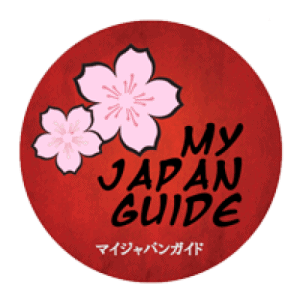Little known to most of the world, Japan has its own bull fighting tradition called Tōgyū (闘牛) also known as ushi-zumo or Bull Sumo. It is said that Bull Sumo was introduced to the Oki Islands to entertain Emperor Gotoba, after being exiled to the Oki Islands (Chugoku region) following his defeat in the Shokyu War in 1221.
The bulls are treated similar to their human sumo wrestler counterparts. It is so-named because of its similarities to Sumo; including the rank of the bulls and like traditional honbasho (sumo tournament), the ring is purified using salt before the fight begins. The winning bull is decided when the other one turns away from the fight or when the other of the combatants might get hurt, owner step in to break it up. Just as in sumo, bulls are ranked by their ability, with the top position in both sports being known as yokozuna.
It is also held in other regions of Japan, such as Iwate Prefecture, Niigata Prefecture, Shimane Prefecture, and Ehime Prefecture. Contact us for more info.

